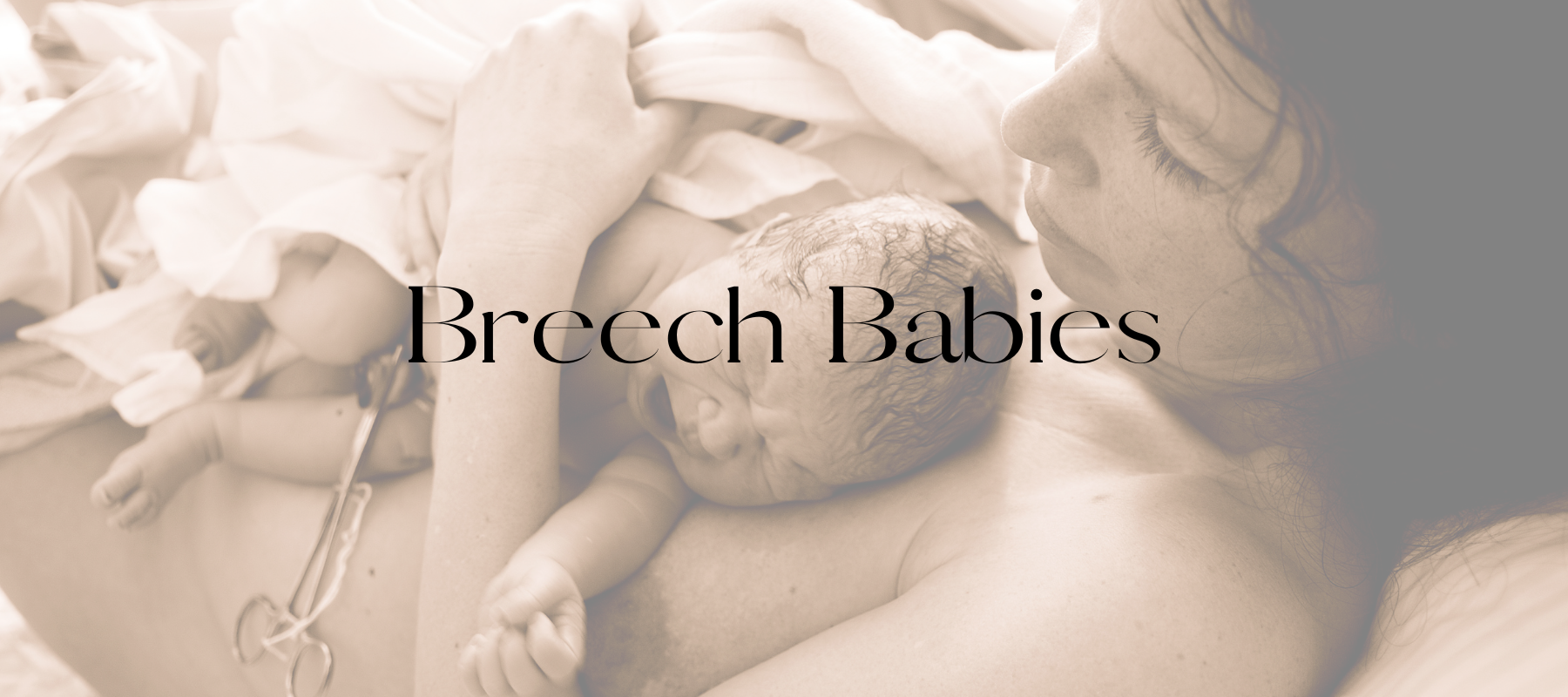Breastmilk storage and expired Breastmilk
You work so hard to express your breastmilk and store that precious liquid gold, so you want to make sure none goes to waste! But how can you tell if your breastmilk has spoiled?
Firstly, it important to know the recommended cleaning and storage guidelines for breastmilk.
The Australian Breastfeeding Association recommends the following for breastmilk storage:
- Room Temperature: Breastmilk can remain in room temperature (<26*C) for 6-8 hours
- Refrigerator: Breastmilk can remain in the fridge for no more than 72 hours. Store breastmilk in the back of the fridge.
- Freezer:
- 2 weeks in freezer compartment (-15*C)
- 3 months in separate freezer section (-18*C)
- 6-12 months in deep freeze (-20*C)
- Do not refreeze previously thawed breastmilk
- Do not keep and re-use leftover milk after baby has fed from the same bottle
Similarly, to cow’s milk, breastmilk will turn rancid and sour if contaminated or not stored correctly. If your baby consumes rancid breastmilk, they will likely vomit following the feed and may become unwell with stomach upsets.
As with dairy milk, the ‘sniff test’ is often a major indication of expiry – however, the smell of breast milk can change daily depending on many variables.
If a mother’s diet contains particularly strong flavours this will also affect the smell and taste of breastmilk. Smell can also change depending on time of day expressed, storage containers and medications.
If Breastmilk smells ‘soapy’ or ‘metallic’ it is likely to do with high levels of lipase in the milk. This can be resolved by scalding the breastmilk prior to freezer storage.
How can you prevent breastmilk spoilage?
- Store at the back of the fridge – milk near the door is exposed to more temperature fluctuations
- Store in airtight containers – prevents milk absorbing other odors/ bacteria from fridge
- Date/Time stamp the breastmilk when it was expressed
- Freeze breastmilk if you know you are not going to feed it to baby in the first 72 hours
- Do not re-heat leftovers – if baby doesn’t finish the bottle, use this milk for something else!
Written by Keryn Thompson RM & IBCLC (L-301766)
References
Australian Breastfeeding Association. 2020. Expressing and storing breastmilk. [online] Available at: <https://www.breastfeeding.asn.au/bf-info/breastfeeding-and-work/expressing-and-storing-breastmilk> [Accessed 29 July 2021].
Igumbor, E., Makura, R., Makandiramba, B. and Chihota, V., 2000. Storage of breast milk: effect of temperature and storage duration on microbial growth. Central African Journal of Medicine, 46(9).
Larson, E., Zuill, R., Zier, V. and Berg, B., 2001. Storage of Human Breast Milk. Infection Control, 5(3), pp.127-130.
Miranda, M., Muriach, M., Almansa, I., Jareño, E., Bosch-Morell, F., Romero, F. and Silvestre, D., 2004. Oxidative status of human milk and its variations during cold storage. BioFactors, 20(3), pp.129-137.
Ogundele, M., 2000. Techniques for the storage of human breast milk: implications for anti-microbial functions and safety of stored milk. European Journal of Pediatrics, 159(11), pp.793-797.



